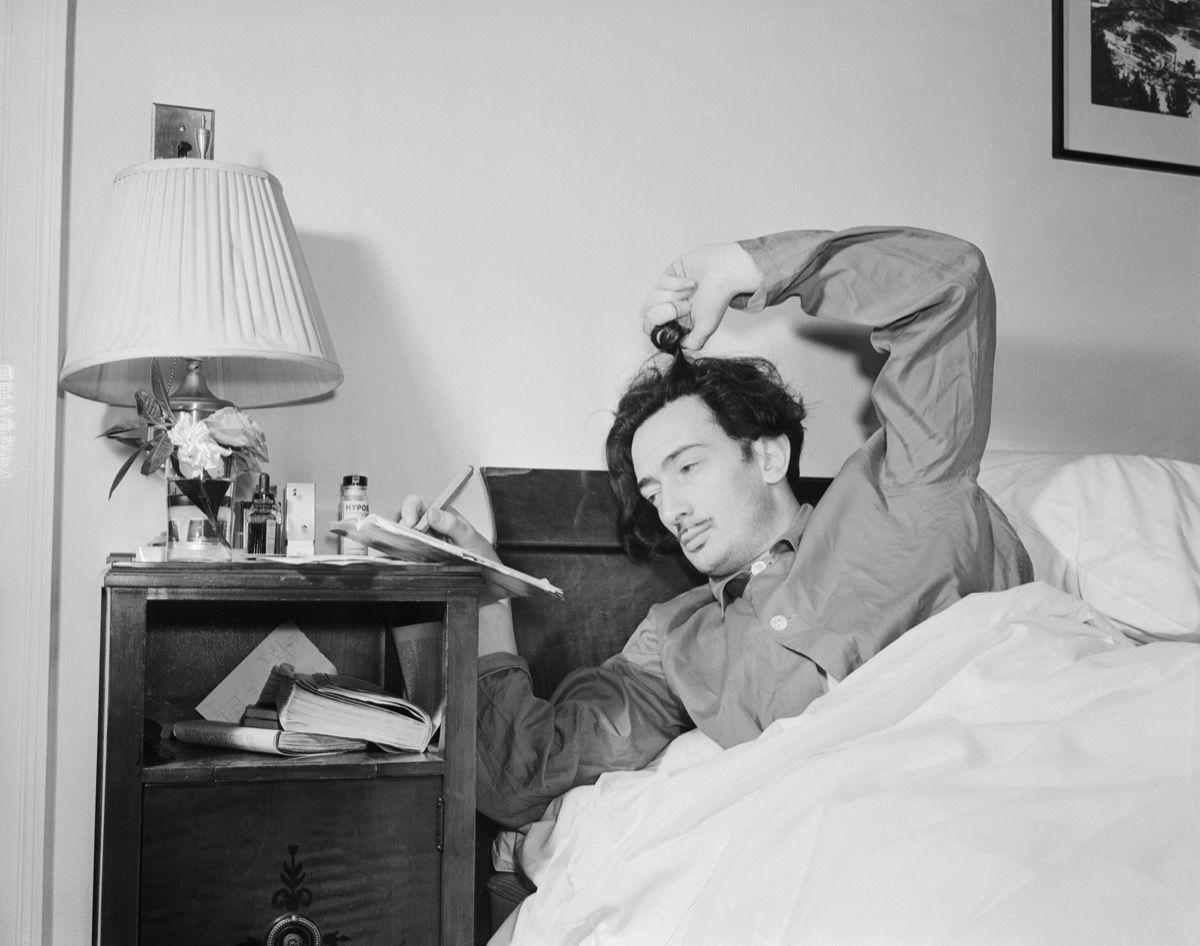
Ritual Spotlight
Artists’ Tools
We designed MOON—our new botanical body lotion—as a tool for transition. A living instrument to help support the daily shifts that take us between liminal states: motion to stillness, contraction to expansion, exteriority to interiority, giving to receiving, rest to practice…
These in-between moments are constant, elemental parts of our waking experience yet can easily go unnoticed. In the spirit of ongoing bodily, cerebral, and/or creative transition, we consider the artist — those who professionally subject themselves to transient states of expression and whose self-articulated practices, personal objects, tools, and routines reveal how they have set up systems to move from one liminal “place” to another.
“I tell my students one of the most important things they need to know is when they are their best, creatively. They need to ask themselves, What does the ideal room look like? Is there music? Is there silence? Is there chaos outside or is there serenity outside? What do I need in order to release my imagination?” — Tony Morrison in an interview with Elissa Schappell for The Paris Review, 1993.
Here are a few favorite examples of artist’s tools or self-defined rituals:
1. The Waste Book
Georg Christoph Lichtenberg is known for the casual notes and aphorisms that he collected in what he called his Waste Books. The practice was to jot down in a notebook all the random thoughts that occurred to him and then to transfer them to better notebooks later. The practice (which reminds us a bit of an early Artist’s Way) has been admired and referenced by writers and thinkers like Tolstoy, Einstein, Andre Breton, Nietzsche, and Wittgenstein. It reminds us that there are no unnecessary thoughts, that calling them forth is a creative and cathartic act in itself.
2. The Writing Utensil
Every day, before putting graphite to paper, John Steinbeck would sharpen 24 pencils and place them by his desk. Each pencil lasted just long enough to dull its point – usually, four or five lines – before being placed in a box, point down. After all 24 pencils had been used, the author would resharpen each pencil, and begin the process anew.
3. The Workday Sustenance
Two accounts on snacks — According to a biography, Glenn Gould would visit a local all-night diner for scrambled eggs, salad, toast, juice, sherbet, and decaf coffee. He specifically snacked on arrowroot biscuits, Ritz crackers, tea, water, orange juice, and coffee throughout his waking hours.
The filmmaker Ingmar Bergman favored similarly austere foods. “He constantly eats the same lunch,” the actress Bibi Andersson remembered. “It doesn’t change. It’s some kind of whipped sour milk, very fat, and strawberry jam, very sweet—a strange kind of baby food he eats with corn flakes.”
4. Movement
Looking to Le Corbusier’s daily routine — “His schedule was rigidly organized. I remember how touched I was by his Boy Scout earnestness: at 6 A.M., gymnastics and . . . painting, a kind of fine-arts calisthenics; at 8 A.M., breakfast.” (For a similar look at the role of movement as a path for creative wandering, see our Ritual Spotlight story on Walking).
5. Rest
Joan Didion speaks of a certain type of incubation period she imposes while writing, often bookended by allowing sleep to work its specific magic.
“…when I’m near the end of the book, [I need to]sleep in the same room with it. That’s one reason I go home to Sacramento to finish things. Somehow the book doesn’t leave you when you’re asleep right next to it…[then,] I can just get up and start typing.” – as quoted in The Paris Review, 1968